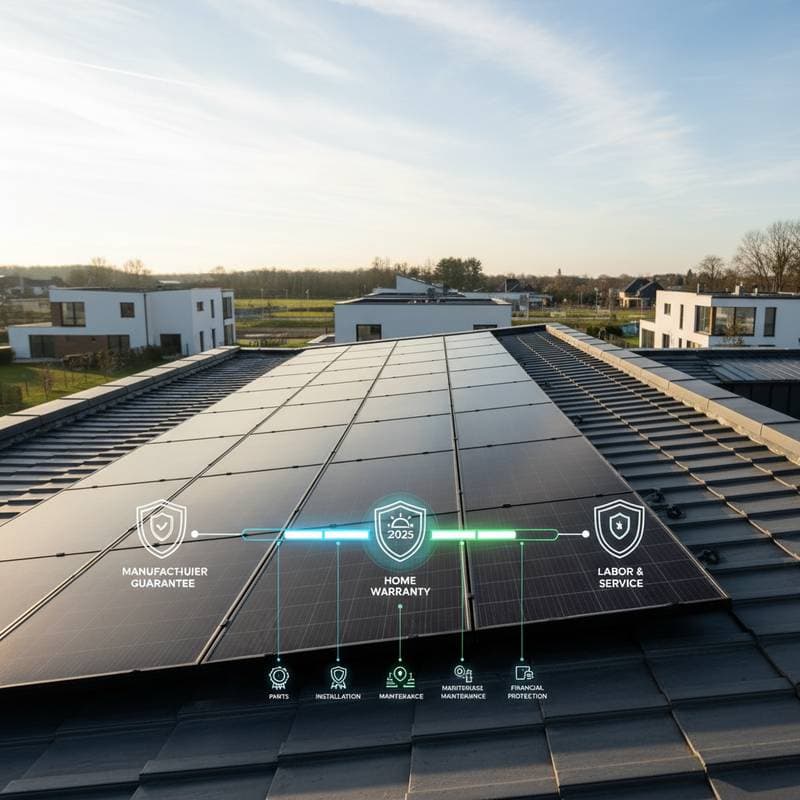2025 Roof Replacement Costs: Materials Versus Labor Breakdown
Replacing a roof ranks among the most significant expenses for homeowners. The overall cost divides into two primary components: materials and labor. Understanding the interplay between these elements enables better planning, accurate budgeting, and informed decisions about engaging professional services.
Understanding Roof Replacement
Roof replacement involves stripping away all existing shingles or panels to expose the underlying decking, followed by an inspection of the sheathing and the installation of a fresh waterproofing system. This process differs from an overlay, in which installers place new shingles directly over the old layer. Although a full replacement incurs higher upfront costs, it eliminates risks of concealed leaks and structural deterioration over time.
Indicators That Signal the Need for Replacement
Homeowners should monitor their roofs for several key warning signs that suggest a full replacement may be necessary:
- Curling, cracking, or missing shingles across multiple sections
- Accumulation of granules in gutters
- Ongoing leaks or water stains on interior ceilings
- Growth of moss or algae that causes shingles to lift
- Sagging along roof lines
- Visible light penetrating through attic boards
- Age exceeding the material's expected lifespan
When several of these issues emerge simultaneously, a complete replacement often proves more economical than repeated patchwork repairs.
Labor Expenses and Influencing Factors
Labor costs frequently match or surpass the expense of materials. Roofing professionals typically bill by the square foot or by the roofing square, a standard unit equivalent to 100 square feet. These charges encompass tear-off, debris disposal, decking repairs, material installation, and final finishing touches.
Standard labor ranges:
- $2.50 to $6.00 per square foot for asphalt shingle roofs
- $5.00 to $12.00 per square foot for tile, slate, or other intricate materials
Key drivers of labor costs include:
- Roof pitch: Steeper angles necessitate safety harnesses and additional staging, which extend project duration and elevate safety considerations.
- Site access: Limited space or multi-story structures require extra setup for ladders or lifts, incurring additional fees.
- Removal of existing layers: Each additional layer increases the volume of debris and the physical effort needed for haul-away.
- Decking repairs: Addressing rotted or softened wood can add $2 to $5 per square foot to the total.
- Flashing and specialized details: Elements such as valleys, skylights, and chimneys demand precise cutting and sealing, prolonging installation time.
- Weather interruptions: Inclement conditions like rain or extreme heat can delay progress, potentially extending labor hours or equipment rentals.
Comprehensive Cost Analysis
The following table outlines typical expenses for various line items in a roof replacement project. Ranges reflect common variables such as material quality, roof complexity, and regional differences.
| Line Item | Typical Range | Notes and Variables |
|---|---|---|
| Tear-off and disposal | $1.00 to $2.00 per sq. ft. | Covers hauling and landfill disposal fees |
| Deck repair | $2.00 to $5.00 per sq. ft. | Applies only to areas with rot or softening |
| Underlayment and flashing | $0.75 to $1.50 per sq. ft. | Premium for ice and water shield options |
| Drip edge and vents | $0.25 to $0.75 per sq. ft. | Frequently bundled into the primary bid |
| Shingles or panels | $1.50 to $15.00 per sq. ft. | Varies widely by selected material type |
| Labor installation | $2.50 to $12.00 per sq. ft. | Influenced by pitch, height, and location |
| Permits and inspection | $150 to $500 flat | Determined by local city or county rules |
| Cleanup and waste | $200 to $600 flat | Includes dumpster rental or direct haul-off |
For a standard 2,000-square-foot roof using mid-grade architectural shingles, expect a median total cost of $14,000 to $18,000. Materials generally account for 40-60% of this figure, underscoring their substantial role in the budget.
Prioritizing Safety and Regulatory Compliance
Essential Safety Measures:
Professionals and DIY enthusiasts alike must employ roof harnesses, stable ladders, and footwear with non-slip soles. Avoid any work during rainfall or strong winds, and ensure that children and pets remain distant from areas with falling debris.
Adhering to Building Codes:
Local authorities in most areas mandate permits for roof replacements. Regulations frequently specify requirements for underlayment materials, ventilation systems, and ice barrier installations. Consult your municipal building department prior to commencing work to confirm compliance.
Fire and Wind Resistance Standards:
Roofing materials feature Class A, B, or C fire ratings. In regions prone to high winds, select shingles engineered for enhanced uplift resistance. Choose options that align with your area's designated hazard zones for optimal protection.
Regional and Environmental Influences
Local climate and regulatory frameworks significantly shape material selections and overall expenses.
Climate-Specific Recommendations:
- Cold climates: Incorporate ice and water shield underlayment, materials rated for heavy snow loads, and robust attic ventilation to mitigate ice dam formation.
- Hot and humid environments: Opt for reflective metal roofing or light-colored shingles to minimize heat buildup and prevent mold proliferation.
- Arid regions: Clay or concrete tiles provide superior resistance to ultraviolet degradation and thermal expansion.
- Mixed-humid zones: Architectural asphalt shingles offer a cost-effective blend of durability and moisture management.
- Coastal areas: Select corrosion-resistant metal or composite materials to withstand exposure to salt-laden air.
Regulatory and Permitting Considerations:
Coastal jurisdictions often enforce wind mitigation evaluations. In mountainous or snow-prone locales, reinforced truss systems may be required to support heavier materials like tile or slate.
Material Compatibility:
Slate and tile demand sturdy underlying framing for stability. Metal roofing adapts well to diverse structures and facilitates rapid water runoff. Asphalt shingles serve as a versatile, economical choice across varied climates.
Optimal Scheduling by Season:
Schedule installations during spring or early fall to benefit from moderate temperatures that promote proper curing of adhesives and sealants. In warmer regions, begin work in the early morning to avoid shingle deformation from midday heat.
Key Roofing Terminology
- Decking: The foundational plywood or board layer that bears the weight of roofing materials.
- Underlayment: A protective, water-resistant barrier installed between the decking and outer shingles.
- Flashing: Durable metal pieces that seal potential entry points for water at joints and transitions.
- Drip edge: Installed metal edging that channels runoff directly into gutters.
- Ridge vent: An opening along the roof peak designed to exhaust trapped hot air.
- Square: A measurement unit in roofing equivalent to 100 square feet.
- Pitch: The roof's incline, calculated as vertical rise divided by horizontal run.
- Overlay: The practice of layering new shingles atop an existing roof covering.
- Ice and water shield: A self-adhering membrane that blocks leaks caused by ice dams.
- Tear-off: The complete removal of prior roofing layers to prepare the surface.
- Underdriven nail: A fastening that fails to sit flush, creating a vulnerability for water infiltration.
Steps to Budget and Execute Your Roof Project
To proceed effectively, start by obtaining multiple bids from licensed contractors, emphasizing detailed breakdowns of materials and labor. Factor in long-term benefits, such as energy savings from reflective surfaces or reduced maintenance with durable options. By aligning your choices with regional needs and safety standards, you secure a roof that enhances home value and provides reliable protection for years ahead.



